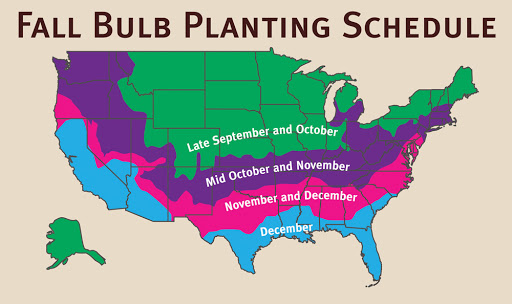For the past ten years, we've had the good fortune of ordering thousands of bulbs from A.D.R. each fall to help further beautify Newport, RI. Not only is the quality of the bulbs outstanding, so is their customer service and attention to detail.
John Hirschboeck
, Daffodillion
« Previous Plant | Next Plant »
Tulipa Single Late 'Avignon'
Tulip
Avignon is a Single Late tulip, known for its large, goblet-shaped flowers in vibrant orange-red hues. It blooms in late spring, standing on tall, sturdy stems that can reach 24 to 26 inches.
This variety thrives in full sun with rich, well-drained soil and is widely grown in southern France for the cut-flower industry. Its substantial blooms make it a standout in gardens and floral arrangements.
| Description | Price | |||
|---|---|---|---|---|
| Bin Box of 100 Bulbs, Size 12+ | $61.60 | |||
Get Notified When Back In StockComplete this form and we'll notify you when SKU BIN1000311 is restocked. | ||||
| Bulk Tray of 500 Bulbs, Size 12+ | $264.00 | |||
Get Notified When Back In StockComplete this form and we'll notify you when SKU BUL11000567 is restocked. | ||||
Tulipa Calculator
When should I plant Tulipa Single Late 'Avignon'?

Growing and Maintenance Tips for Tulipa Single Late 'Avignon'
Planting: Plant in fall when soil temperatures drop below 55°F. Set bulbs 6–8 inches deep with the pointed end up. Choose a sunny, sheltered site to protect their tall stems and graceful blooms from wind.
Spacing: Space bulbs 4–6 inches apart. For a dramatic effect, plant in groups of 10 or more—ideal for borders, cutting gardens, or formal displays.
Light: Full sun encourages strong stems and rich color. While light shade is tolerated, consistent sun enhances bloom longevity and form.
Soil: Use well-drained, neutral to slightly acidic soil (pH 6–7). Avoid poorly drained areas—French tulips are sensitive to bulb rot in wet spring conditions.
Watering: Water after planting to settle the soil. In spring, water only during prolonged dry spells to maintain bloom integrity without over-saturating the roots.
Temperature & Dormancy: Requires 12–16 weeks of cold (below 50°F) for root development and bud initiation.
Fertilization: Apply a balanced bulb fertilizer when planting and again in early spring as shoots emerge to support stem strength and bloom quality.
Pests: Squirrels may disturb bulbs—use mesh or mulch to deter them. Deer will eat buds and foliage, especially early in spring, so use fencing or repellents in high-pressure areas.
Disease: To prevent Botrytis (Tulip Fire), plant only healthy, firm bulbs in sunny, well-ventilated areas. Avoid overhead watering and remove any infected material—never compost. Rotate planting zones annually and avoid replanting in affected sites for at least three years.








Check back soon for additional details.